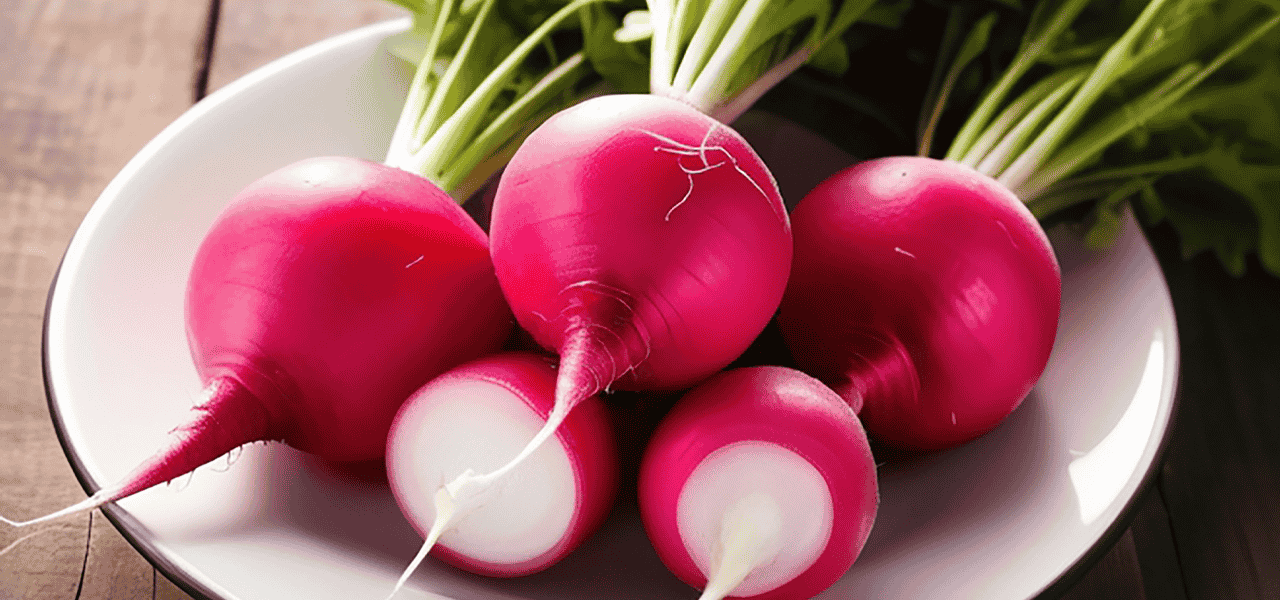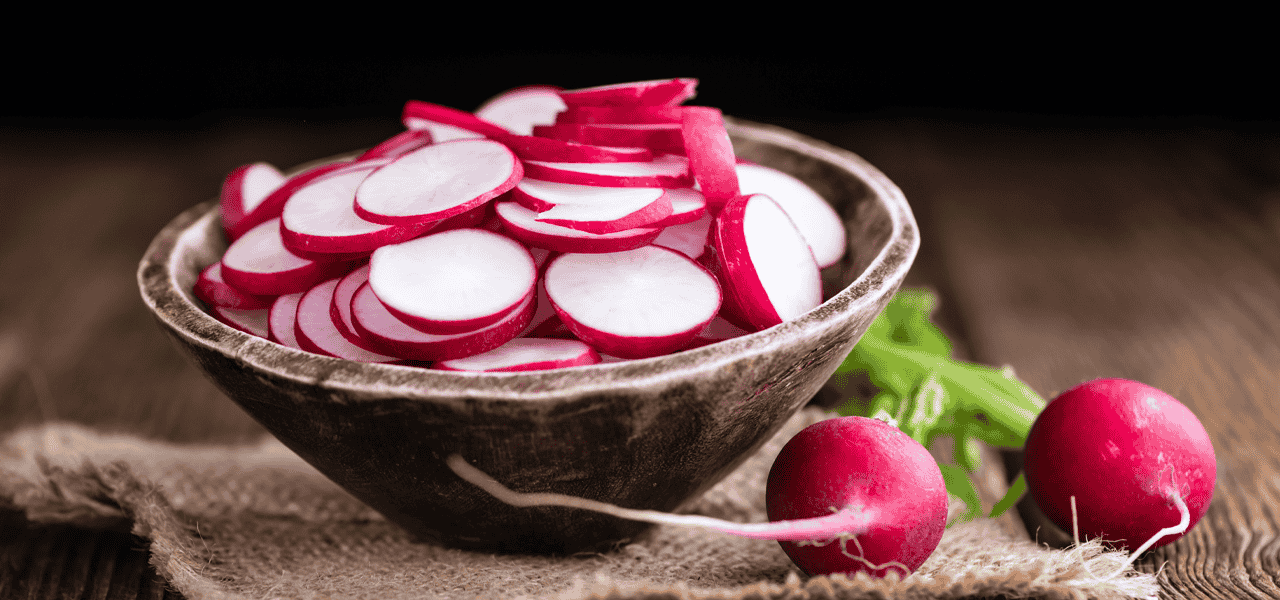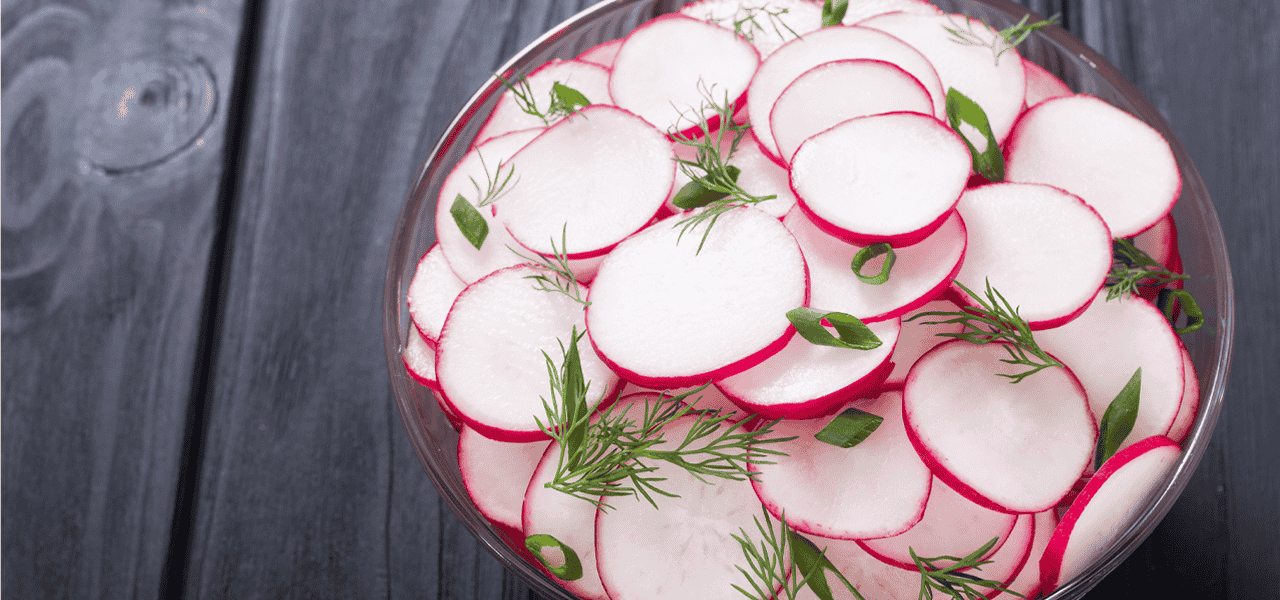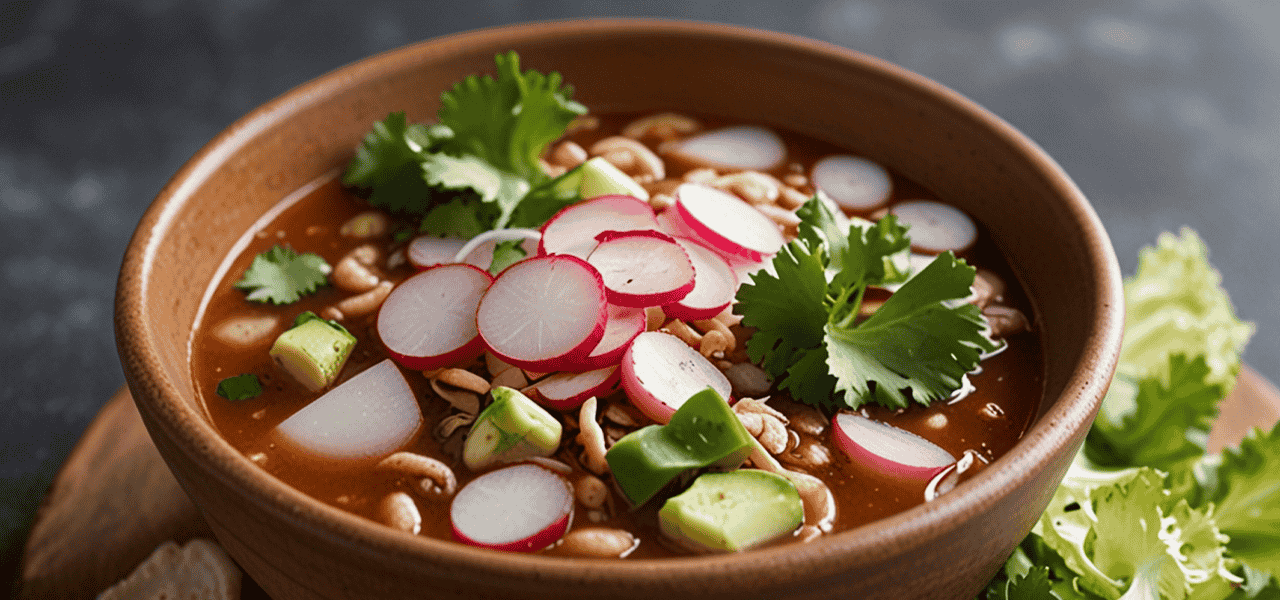Introduction
Red radishes are a small but mighty vegetable celebrated in cuisines worldwide. Their bold red color, crisp texture, and subtly spicy flavor add not only a unique taste to dishes but also a wealth of nutritional benefits. This versatile root vegetable is beloved for its low-calorie content, nutrient density, and numerous health advantages, making it a fantastic addition to a balanced diet. Let’s dive into the nutritional profile and incredible health benefits of red radishes, along with practical tips for enjoying them in various culinary forms.
Nutritional Profile of Red Radishes
Red radishes might be small, but they’re packed with essential nutrients. These bright vegetables are a powerhouse of:
• Vitamin C: Red radishes are rich in Vitamin C, which supports the immune system, promotes collagen production, and aids in iron absorption.
• Fiber: High in dietary fiber, red radishes support healthy digestion, aid in maintaining stable blood sugar levels, and contribute to a sense of fullness that can assist with weight management.
• Potassium: This essential mineral helps regulate blood pressure, promotes heart health, and supports muscle function.
• Antioxidants: Red radishes contain compounds like anthocyanins, flavonoids, and sulfur-based compounds, which help reduce inflammation and combat oxidative stress.
Additionally, red radishes are low in calories and high in water, making them a refreshing, hydrating, and weight-friendly snack or addition to meals.
Health Benefits of Red Radishes
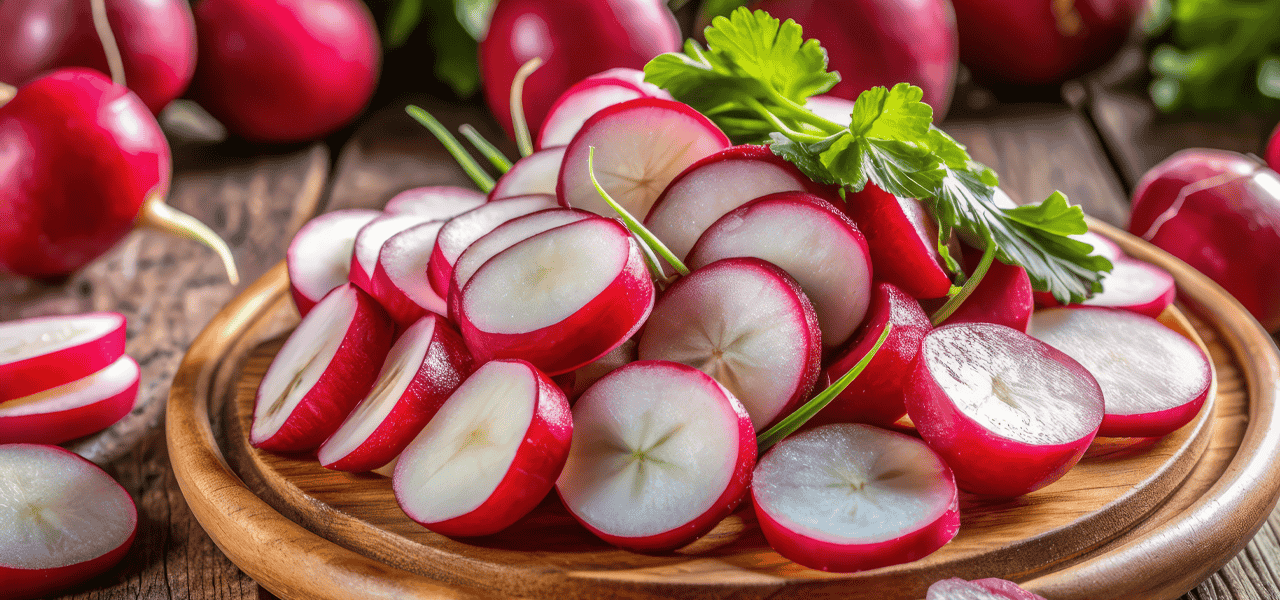
Boosts Immune Health
Red radishes are a great source of Vitamin C, a potent antioxidant that plays a key role in immune function. Vitamin C enhances the activity of white blood cells, which are responsible for fighting off infections. Additionally, it aids in tissue repair and boosts the body’s resistance to illness. The antioxidants in red radishes also help neutralize free radicals, reducing inflammation and protecting against cell damage.
Aids in Digestion
Thanks to their high fiber content, red radishes support a healthy digestive system. Dietary fiber adds bulk to the stool, promoting regular bowel movements and helping prevent constipation. The fiber in radishes also acts as a prebiotic, nourishing the beneficial bacteria in the gut, which is essential for digestive health, nutrient absorption, and overall well-being.
Supports Heart Health
Red radishes contain potassium, a vital nutrient for heart health. Potassium helps maintain optimal blood pressure levels by balancing sodium in the body and relaxing blood vessels, reducing the risk of hypertension. The antioxidants in red radishes, such as anthocyanins, also play a role in heart health by preventing oxidative stress, which can lead to inflammation and damage to blood vessels over time. Regular consumption of red radishes can therefore contribute to a healthier cardiovascular system.
Promotes Healthy Skin
Vitamin C isn’t only essential for immunity; it’s also crucial for skin health. This vitamin is involved in collagen synthesis, which is the protein responsible for keeping skin firm and youthful. The high water content in red radishes also aids in hydration, giving the skin a radiant and fresh appearance. Furthermore, antioxidants in red radishes help protect the skin from environmental damage, such as UV rays, and can slow signs of aging by reducing wrinkles and age spots.
Helps Manage Blood Sugar Levels
For people with diabetes or those who wish to maintain stable blood sugar levels, red radishes are an excellent choice. They contain compounds that help regulate glucose metabolism and prevent spikes in blood sugar. The fiber in radishes slows the absorption of sugars into the bloodstream, which helps maintain steady blood sugar levels and reduces the risk of insulin resistance.
Red Radishes in Culinary Use
Red radishes are not only nutritious but also versatile in the kitchen. Here are some quick and creative ways to incorporate red radishes into your diet:
• Salads:
Slice raw red radishes thinly and add them to salads for a peppery crunch. They pair well with greens, citrus fruits, and nuts.
• Stir-Fries: Add sliced radishes to vegetable stir-fries for an unexpected twist. Their flavor mellows slightly when cooked, blending well with other ingredients.
• Soups:
Add radishes to soups for extra texture and nutrients. They’re a delicious addition to both hot and cold soups.
• Pickling:
Pickled red radishes are a fantastic condiment for tacos, sandwiches, and rice dishes. The pickling process enhances their flavor while adding a zesty kick.
• Garnishes: Thinly sliced red radishes make a beautiful garnish for a wide range of dishes, from roasted meats to scrambled eggs.
Frequently Asked Questions about Red Radishes
Here are some common questions people have about red radishes:
Q: Can red radishes be eaten raw?
A: Yes, red radishes are often eaten raw in salads and as snacks. Their crunchy texture and spicy flavor make them a popular addition to many dishes.
Q: Are red radishes suitable for weight loss?
A: Absolutely! Red radishes are low in calories and high in water and fiber, making them a filling, weight-friendly food. They add volume to meals without adding excess calories, helping to control hunger and support weight management.
Q: Can red radishes help with detoxification?
A: Yes, red radishes are known for their detoxifying properties. They support liver health by helping the body flush out toxins, and their high water content aids in hydration and toxin elimination.
Q: Are red radishes safe for people with diabetes?
A: Yes, red radishes are a great choice for individuals with diabetes. Their low glycemic index and fiber content help regulate blood sugar levels, making them a diabetes-friendly food.
Conclusion
Red radishes may be small, but they are packed with nutrients and health benefits. From supporting immune function and heart health to promoting skin vitality and digestive wellness, these crunchy vegetables are a nutritional powerhouse. Easy to incorporate into various dishes, red radishes can add both flavor and health benefits to your meals. Whether you enjoy them raw, cooked, or pickled, adding red radishes to your diet is a simple and delicious way to support overall health.


